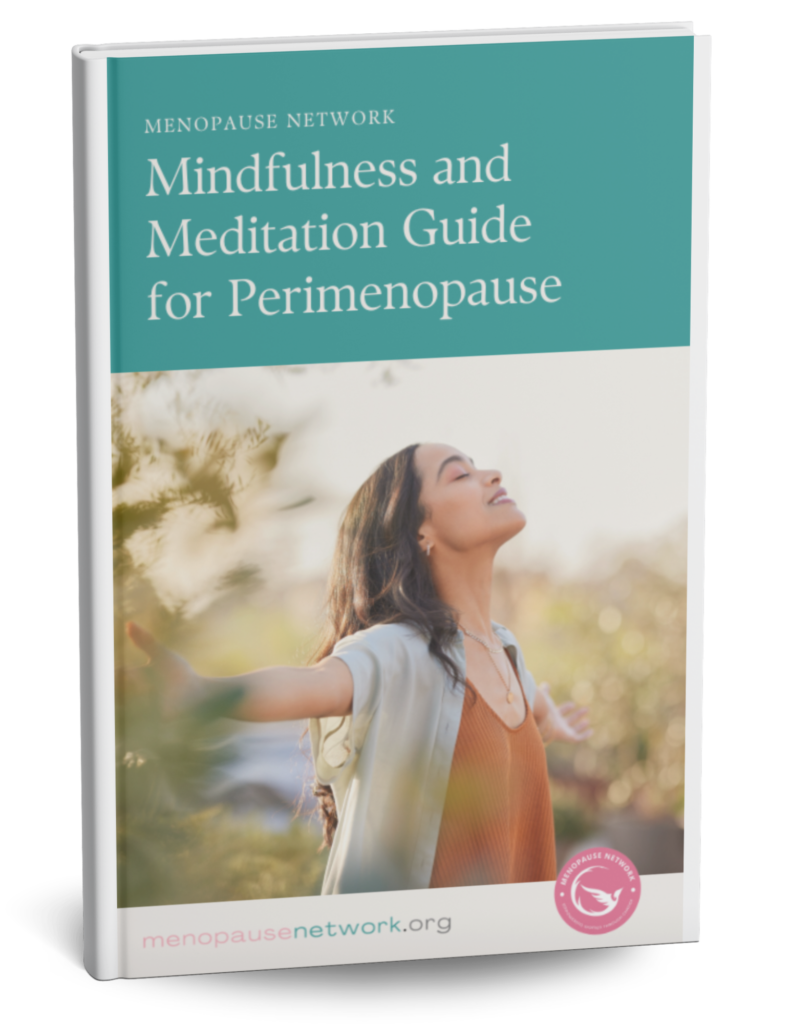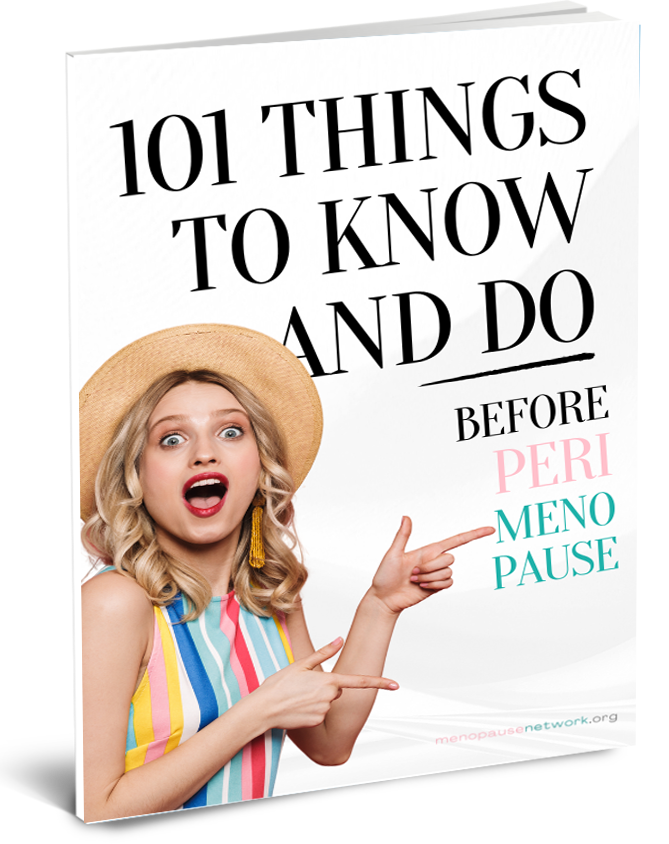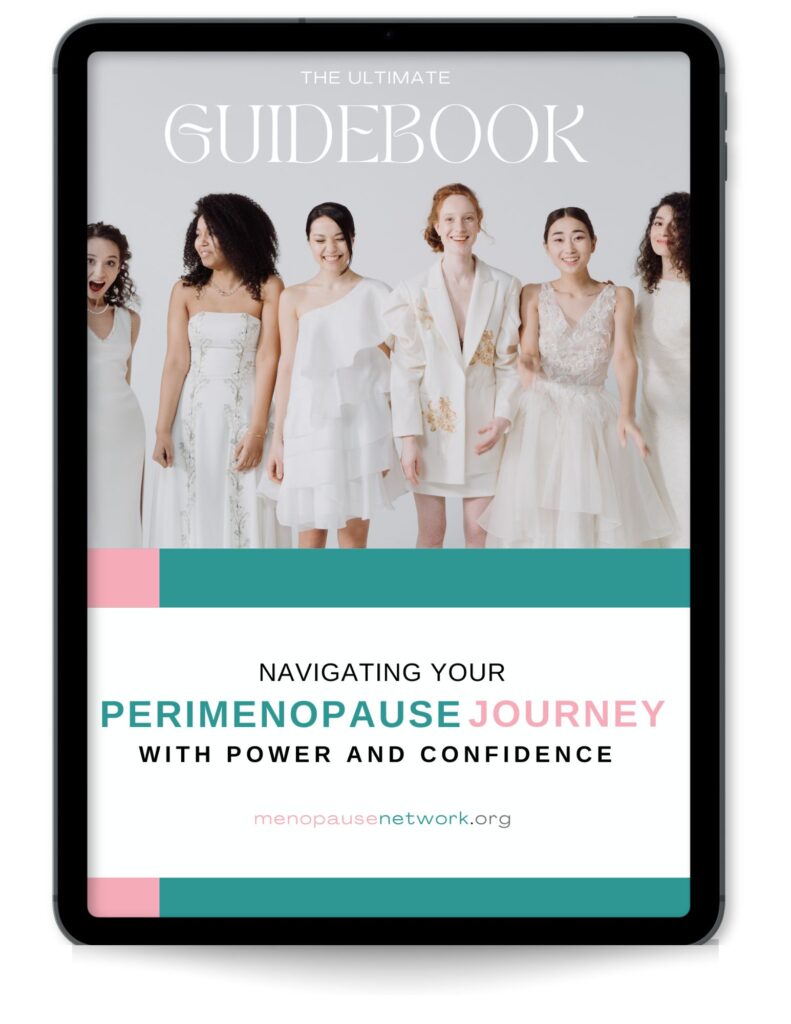Is Menopause Sabotaging Your Career? Strategies to Stay Sharp and Confident
When the Symptoms of Menopause Clock In With You
You walk into a meeting, forget why you’re there, and suddenly you’re dripping in sweat—even though the thermostat reads 70. You misplace your notes, lose your train of thought, and snap at a coworker who caught you on a bad day. Welcome to the under-discussed intersection of menopause and the workplace.
While menopause is a natural part of aging, its symptoms can sneak into your professional life with an unwelcome bang. In fact, studies show that nearly 60% of working women aged 45–55 report that menopause symptoms negatively affect their work performance. Yet, it remains one of the least talked about workplace challenges women face.
Here’s the bottom line: menopause might be disrupting your career, but it doesn’t have to derail it.
Let’s dive into how menopause can affect your job performance—and most importantly, how to stay sharp, energetic, and confident through it all.
Understanding How Menopause Impacts Your Work Life
The Science Behind the Symptoms
As estrogen, progesterone, and testosterone levels shift during perimenopause and menopause, a variety of physical and cognitive symptoms can show up. These fluctuations don’t just affect your health—they also impact how you perform and feel at work.
Common Menopause Symptoms That Affect Career Performance:
- Brain fog and memory lapses
- Hot flashes and night sweats
- Mood swings, irritability, and anxiety
- Fatigue from poor sleep
- Reduced concentration and motivation
- Low confidence or imposter syndrome
These aren’t minor distractions. A study from the Journal of Women’s Health found that cognitive complaints, such as forgetfulness and difficulty concentrating, were especially prevalent during the menopausal transition.
And yet, in many workplaces, menopause remains invisible—despite the fact that the fastest-growing workplace demographic in many developed countries is women over 45.
Brain Fog to Boardroom Power—Real Strategies That Work
So what can you do when menopause starts to creep into your calendar, your meetings, and your memory? Here’s your evidence-based, practical toolkit to stay mentally clear and emotionally centered.
1. Fight Brain Fog with Fuel and Focus
Estrogen plays a key role in supporting neurotransmitters like acetylcholine and dopamine, which influence memory and concentration. When hormone levels dip, mental sharpness can too.
Strategies to clear the fog:
- Eat omega-3-rich foods like salmon, flaxseeds, and walnuts
- Time-block your schedule instead of multitasking
- Use reminders, voice memos, or planner apps to organize your day
- Take short brain breaks every 90–120 minutes to reset mental clarity
- Stay hydrated—dehydration can intensify cognitive fatigue
2. Cool Down Hot Flashes Without Breaking Your Stride
Hot flashes are one of the most disruptive symptoms to deal with on the job—especially during presentations, meetings, or client calls.
Cooling strategies that actually help:
- Dress in breathable, moisture-wicking layers (think cotton or bamboo)
- Keep a cooling facial spray or ice roller at your desk
- Avoid common triggers like spicy foods, caffeine, alcohol, and stress
- Talk to your doctor about Hormone Replacement Therapy (HRT), which is considered the most effective treatment for hot flashes
Bonus: Non-hormonal prescription options like SSRIs or gabapentin may also offer relief.
3. Prioritize Sleep to Recharge Your Performance
Menopausal insomnia or frequent night waking from night sweats can make you feel like you’re running on fumes during the day.
Sleep hygiene tips:
- Go to bed and wake up at the same time every day
- Turn off screens at least one hour before bed
- Keep your bedroom cool (60–67°F is ideal)
- Consider natural sleep aids like magnesium glycinate or melatonin, with your doctor’s guidance
- Try cognitive behavioral therapy for insomnia (CBT-I), which is highly effective for menopausal sleep issues
When you sleep better, your memory, mood, and productivity all improve—without needing three extra cups of coffee.
4. Manage Mood Swings and Anxiety With Emotional Resilience

If you’ve found yourself more irritable, anxious, or emotionally reactive lately, hormones could be the culprit. Estrogen affects serotonin and other mood-regulating chemicals in the brain.
Strategies for emotional balance:
- Consider talking to a therapist trained in CBT or mindfulness-based stress reduction
- Use guided breathing exercises or meditation apps like Calm or Headspace during breaks
- Stay active—regular movement helps regulate cortisol and stabilizes mood
- Adaptogenic herbs like ashwagandha or rhodiola may offer natural support (check with your healthcare provider first)
Making room in your day—even five minutes—for mental recalibration can help you avoid emotional outbursts or burnout.
5. Rebuild Your Confidence From the Inside Out
Menopause doesn’t just affect your body—it can mess with your professional self-image. Many women in midlife start to question their competence, especially when dealing with symptoms in silence.
How to reclaim your work confidence:
- Keep a “win list” to track your weekly accomplishments
- Avoid negative self-talk by reframing symptoms as challenges, not flaws
- Seek out mentors or peers who understand what you’re going through
- Ask for what you need—whether that’s schedule flexibility or a quiet workspace
Confidence isn’t something you lose at midlife—it’s something you relearn, often stronger than before.
Navigating Menopause in the Workplace—What You Can Say (and Ask For)
You might feel nervous bringing up menopause at work, but workplace accommodations can make a major difference in your ability to succeed.
How to open the conversation:
- With HR: Ask if the company has any wellness programs or accommodations for health-related challenges, including menopause
- With your manager: Frame it as a performance issue, not a personal one. Example:
“I’ve been managing some health-related symptoms that occasionally affect my energy or focus. I’d like to explore flexible options that allow me to keep delivering my best work.”
What you can ask for:
- Flexible work hours or remote work options
- A quiet or cooler workspace
- Extra breaks during long meetings or presentations
- Adjustment of project deadlines during flare-ups
The tide is turning—companies like Vodafone, HSBC, and PwC have introduced menopause-friendly policies. You could be the one to spark that change in your organization.
Menopause-Supportive Tools to Boost Daily Performance
If you’re building a “menopause survival kit” for your professional life, here’s what to include.
Supplements (Check With Your Doctor First):
- B-complex vitamins: Help with energy and brain function
- Magnesium glycinate: Eases anxiety and improves sleep
- Black cohosh: May relieve hot flashes
- Ashwagandha: Can support stress regulation and adrenal function
Productivity Tools:
- Note-taking apps like Evernote or Notion to capture your ideas on the go
- Habit trackers or to-do list systems that prevent overwhelm
- Symptom trackers like Balance by Dr. Louise Newson
- Or your tools and other free resources here
Self-Care Practices:
- 10-minute stretch breaks twice daily
- Afternoon walks for sunlight and mood-boosting serotonin
- Evening rituals—dim lights, warm bath, herbal tea—to help wind down
Menopause is unpredictable, but your approach to managing it can be empowering.
You Can Thrive Through Menopause—Not Just Survive It
Here’s the truth: menopause might feel like a curveball to your career, but it doesn’t have to sideline your success. With awareness, support, and science-backed strategies, you can meet the challenges head-on—and even emerge stronger, sharper, and more self-assured than ever.
This is your time to lead differently. To ask for what you need. And to redefine what success looks like in your 40s, 50s, and beyond.
Midlife is not the beginning of the end. It’s the start of your most powerful chapter yet.
Quick Career Survival Tips for Menopause
- Eat for your brain: healthy fats, hydration, and whole foods
- Track your symptoms and match them with patterns in your workday
- Optimize your environment with cooling tools and comfort layers
- Use tech to streamline memory and productivity
- Sleep like it’s your job—because it powers everything else
- Don’t suffer in silence: ask for accommodations if needed
- Connect with other women navigating the same stage










